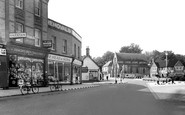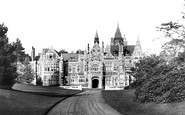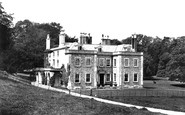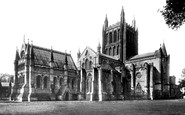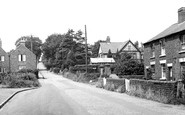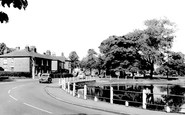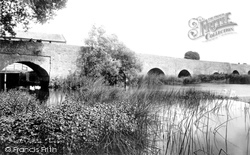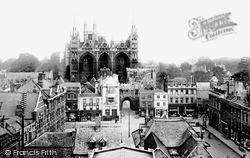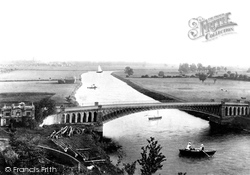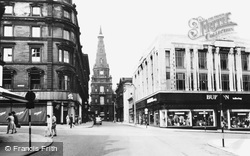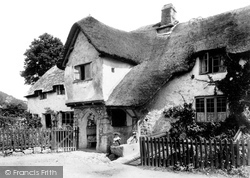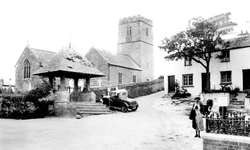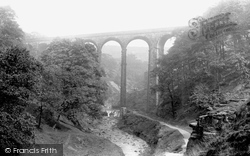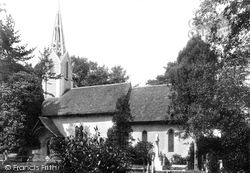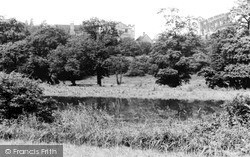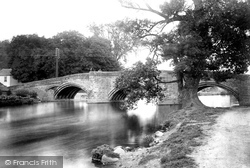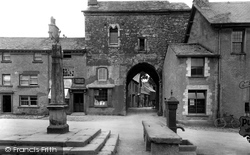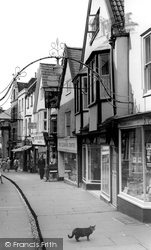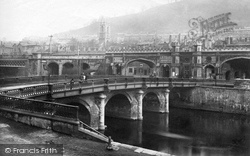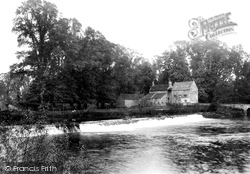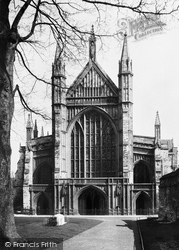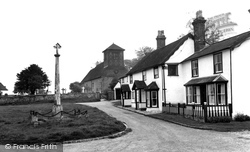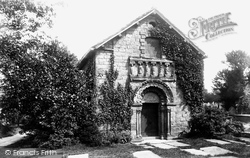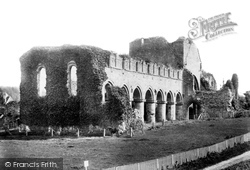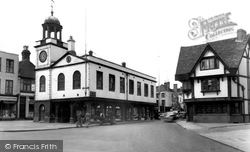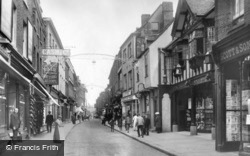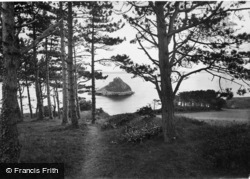Places
Sorry, no places were found that related to your search.
Photos
5 photos found. Showing results 221 to 5.
Maps
83 maps found.
Books
Sorry, no books were found that related to your search.
Memories
1,128 memories found. Showing results 111 to 120.
The Old Cinema
We moved to Egham in about 1955. My father had been born in Medlake Road in 1920. We lived in Oak Avenue, Egham Hythe in a house built in the 1930s. I attended Egham Hythe Infants and Primary and later Magna Carta (on both its sites ...Read more
A memory of Egham in 1960 by
The Watford To Rickmansworth Railway In The Second World War
Croxley Green station is now - in the 21st century - merely a shadow of its former busy life. My Auntie Dorrie (Doris Lacey) worked at this station throughout the Second World War ...Read more
A memory of Croxley Green in 1940 by
School Days
Before becoming the home of George Harrison of the Beatles, Friar Park was run as a school by sisters of the St. John Bosco order. This was my first school and I remember having to walk all the way to the main door along the ...Read more
A memory of Henley-on-Thames in 1960 by
The Slate Islands Easdale
THE SLATE ISLANDS By Walter Deas Some 24k (15 miles) south and west of Oban lies an area with interesting old ...Read more
A memory of Easdale in 2005 by
Growing Up At Coombe Place
My family and I moved to a bungalow at Coombe Place in 1960. My father, Walter Motley, took up the post of farm manager on this 100 acre dairy farm with a herd of Jersey cattle. Coombe Place is set on the side of the South ...Read more
A memory of Offham in 1960 by
39londonroad
I was born in Hackbridge in 1944. I lived there until 1953 when my grandparents, aunts, uncles, and cousins put me on a plane on May 2 to join my father who had emigrated to Canada the year before. My mother, who had lived in ...Read more
A memory of Hackbridge in 1944 by
The Two Bob Gun
At the top of Queens Road in Buckhurst Hill is a small newsagents shop. It was owned by the Mr & Mrs. Silk. The shop sold papers magazines cigarettes, sweets and a few toys. Situated right across the road from where ...Read more
A memory of Buckhurst Hill by
An Unappreciated History
When you grow up in an ancient city such as Hereford and have really no other frame of reference you don't fully grasp the enormity of the depth of history that buildings such as Hereford Cathedral embodied. The Romans ...Read more
A memory of Hereford in 1957 by
Farm At White Hill
My father Jenkin Evans and mother Valerie Evans lived at Potters Cross Farm, White Hill, Kinver from just before the Second World War. This is the farmhouse which you can see which still exists to this day. They raised four ...Read more
A memory of Kinver by
Shenfield Common Pond
Hi, I remember this area very well, as I boarded at High House, and went to the Girls’ high school in the late 60s/ early 70s. Walks through the woods at weekends. Can anyone remember the tea shop in the area, I think it was called The Olde Logge, and of course the Seven Arches pub nearby?
A memory of Brentwood by
Captions
1,233 captions found. Showing results 265 to 288.
The attractive village of Bromham is now bypassed, so the old bridge over the Great Ouse is mercifully much quieter than it was a few years ago.
We have a good view of the striking and dramatic west front with its trio of huge arches, richly moulded and recessed into the façade, dating from c1220.
Constructed in 1826, and with a single arched span of a hundred and seventy six feet, it was considered an engineering marvel at the time of its completion.
It is hard to believe that the arched bridge, built in 1797 by John Carr of York, used to carry all the main Great North road traffic.
These days, the building houses McDonald's fast food restaurant, who gave the site a much-needed facelift.
Its walls are hidden beneath some rather tatty rendering, but are almost certainly made of granite, which can be seen in the arch below the gable, and in the horse trough in which the little boy
The chancel arch in the church sports an enormous and very striking mosaic, put up in 1905 in memory of the churchwarden`s wife, and made by the craftsmen who had worked on St Paul`s Cathedral.
The viaduct is 105ft high, with its 8 arches each having a span of 30ft. The Spodden flows underneath with its mill stream, which formerly served `Th` Owd Mill i` th` Thrutch`.
The church has a Norman nave and chancel, with Norman mouldings to the south door and chancel arch. The porch is Tudor.
Pooley Hall was built by Thomas Cockayne between 1506 and 1509 on the site of a much older house.
Eamont Bridge, just south of Penrith on the A6, takes its name from this splendid three-arched bridge across the River Eamont.
Overlooking the square is an arched gatehouse, built in the 14th century as a defence against Scottish raiders.
The central stream maintains the medieval character whilst the arched lamp holder was one of several erected in the 1890s.
The stonework arches belong to the 1754 replacement for St Lawrence's Bridge; it dated from 1362, and even had a chapel to St Lawrence halfway across.
The toll bridge (cars currently 30p) is just out of picture to the left; indeed, the weir goes beneath its northern arches. Built in 1872, the bridge replaced an old ferry.
The sumptuous decorations were prepared by several fine artists over a much longer period of time.
The church of St John and St Giles is a largely 12th-century structure with a much-maligned wooden bell-tower.
The doorway is one of the oldest in Cheshire, and is famous for the zigzag patterns and beaked heads carved on the arch.
Whalley's viaduct is the longest in Britain, its 49 arches carrying the railway high above the River Calder.
This picture shows the remains of the nave, noted for its sturdy-looking round pillars that support a series of Norman arches.
The Guildhall was built in 1574 as a market hall; it was rebuilt in 1814, except for the splendid timber arches on which it rests, and which serve as shelter for the stall-holders and their customers.
It dates from Norman times, but parts of an older arch, containing some Roman bricks, may be seen in the nave. The large west tower was built in the late 15th century. Southend
Spanning the street are a pair of open decorative iron arches on which are hung the town lamps. On the left is a formidable display of boots and shoes cascading over the shop facia.
The interior quadrangular courtyard is entered from College Street through an arched gateway. Above the entrance is a stone figure of St William (the Archbishop of York) who died in 1154.
Places (0)
Photos (5)
Memories (1128)
Books (0)
Maps (83)

